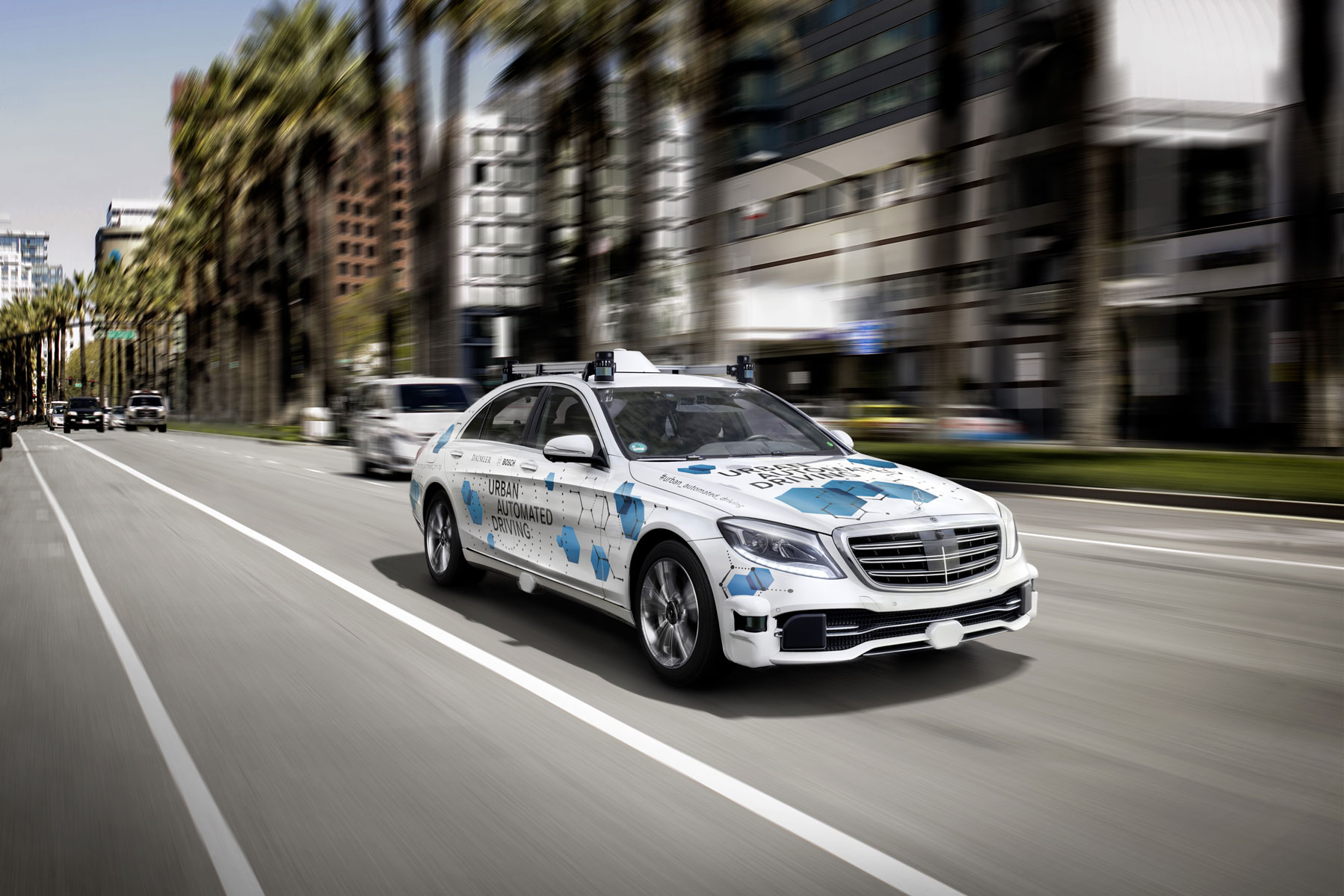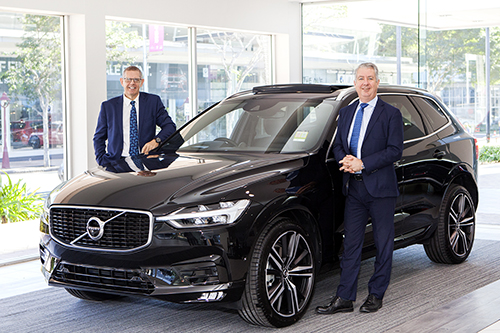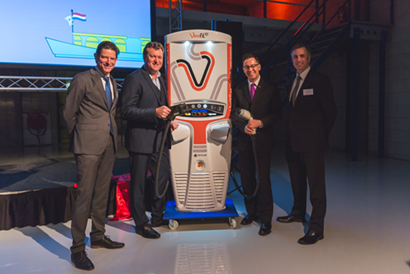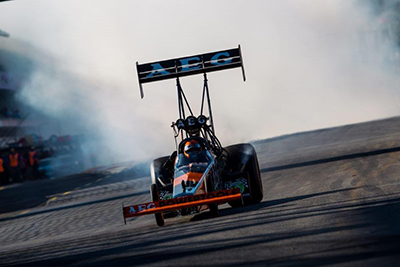THE GROWING demand for energy, driven by the uptake of electric vehicles (EVs), could lead to greater unpredictability in electrical grids according to a new study by Australian EV charging infrastructure company Tritium and global research group LEK Consulting.
The study warns that utilities globally must urgently take a proactive approach to planning their future networks.
The study highlights statistics around sales of EVs which show there is a ‘clustering’ effect, where some suburbs, streets, and locations have a higher proportion of EV ownership – and this has been highlighted in journals such as Nature magazine. This clustering has the potential to overload local electricity infrastructure, especially the feeder lines – in Australia that is mostly in the form of street ‘poles and wires’. 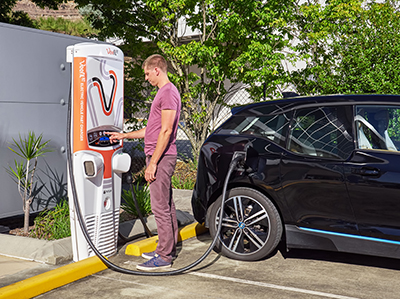
“There are significant opportunities for network owners, operators and energy retailers as EVs are one of the few growth drivers for many developed energy markets, and also enable the opportunity for utilities to build closer customer relationships,” said LEK Consulting principal Natasha Santha said.
“But utilities need to be proactive in planning for a future scenario of significant EV adoption, especially in a world where spending capex on additional infrastructure at the cost of the consumer is no longer a palatable response.
“The real challenge for utilities is managing the peak demand increase and greater unpredictability that comes with greater EV adoption. EV charging has an element of randomness that needs to be managed; this can stress local infrastructure and heighten the need for increased network investment.
“The good news is that we have time to prepare in Australia. Given the expected pace of adoption, and time it will take to turn over the car parc (a European term that describes the numbers of registered vehicles in a region), grid owners have sufficient time to prepare for the change.
“While EV uptake in Australia is still in its infancy, it is growing, and networks need to prepare for this now. As the need for the deployment of public fast chargers is required in Australia, utilities will need to be ready to turn around new connections quickly.”
Among other findings, the study found the expected increase in overall energy demand was relatively modest in the short to medium term.
EV DEMAND ESTIMATES
In 2017, the estimated electricity demand from all EVs was 54 TWh equating to just 0.3 percent of global electricity demand. With a predicted 125 million EVs on the road in 2030 – and for simplicity researchers are assuming a similar level of battery energy efficiency as today, although it is likely to be higher – the overall EV share of energy demand would increase to only 6.3 percent.
However, owning an EV will increase a household’s electricity consumption by about 50 percent. This calculation assumes average household use of 5,700 kWh of electricity per year, and the average EV consumes 3000 kWh of electricity per year driving 15,000km per year.
If multiple houses on a single street decide to charge simultaneously, there may be insufficient capacity in the feeder lines to deliver the required level of power. For example, assuming utilities make no changes to their infrastructure and EV charging is unmanaged, and EV owners mostly charge at the end of the traditional workday when they return home, overlaying the impact of EV charging on a local network – with 50 percent EV adoption – would drive peak demand up by about 30 percent.
As the demand for EVs increases, there will be a growing requirement for charging infrastructure. The International Energy Agency (IEA) estimates that by 2030 the number of charging stations required will exceed 130 million units, which is close to 30 times the current installed box.
Further, the study found the development of high-power charging infrastructure may have a more manageable initial impact for network operators. High power chargers, up to 350kw each, are typically installed in a park or group of chargers. While these groups of high-power chargers equate to very large (1MW+) connections, the charger owners will deploy the appropriate infrastructure adjacent to the charging equipment at the time of installation.
FIVE MEASURES
The study outlined five measures utilities should consider, both to stabilise future grid behaviour and ensure the rise of EVs maintains its pace.
Design tariffs and demand response programs: Utilities need to begin preparing incentive structures to manage residential chargers, such as time of use EV tariffs that can shift customer charging behaviour alleviating local feeder stress. They could glean lessons from South Australian and Queensland networks, which are trialling new tariffs to encourage households with electric hot water systems to heat them in off-peak periods.
Utilise smart software: Managed charging uses software to schedule home charging throughout the night avoiding the risk of EV owners all plugging in during the evening peak, using lessons learned from such measures as air conditioning incentive programs.
Improve grid information: Provide clear and detailed information publicly to businesses and entrepreneurs looking to invest in and install public charging infrastructure. For example, PG&E, a Californian utility, has created an interactive mapping tool for network capacity highlighting the locations on its network where existing equipment has the capacity and is ready to be utilised for EV charging..
Assess adjacent opportunities from charging infrastructure: Utilities should begin to explore if there are other opportunities that arise from the deployment of charging infrastructure, such as stationary battery storage, to reduce grid augmentation costs and enable charger deployment in areas of the network that would otherwise be prohibitive.
Trial, test, and work with charging manufacturers: Collaboration and joint research will enable utilities to be at the forefront of emerging vehicle, charging, and grid integration technologies.
www.lek.com
www.tritium.com
ends

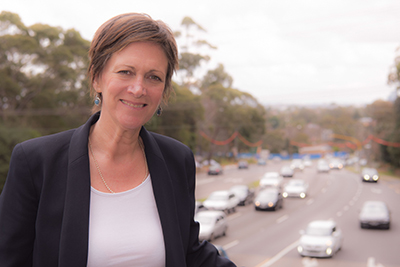

 How to resolve AdBlock issue?
How to resolve AdBlock issue? 